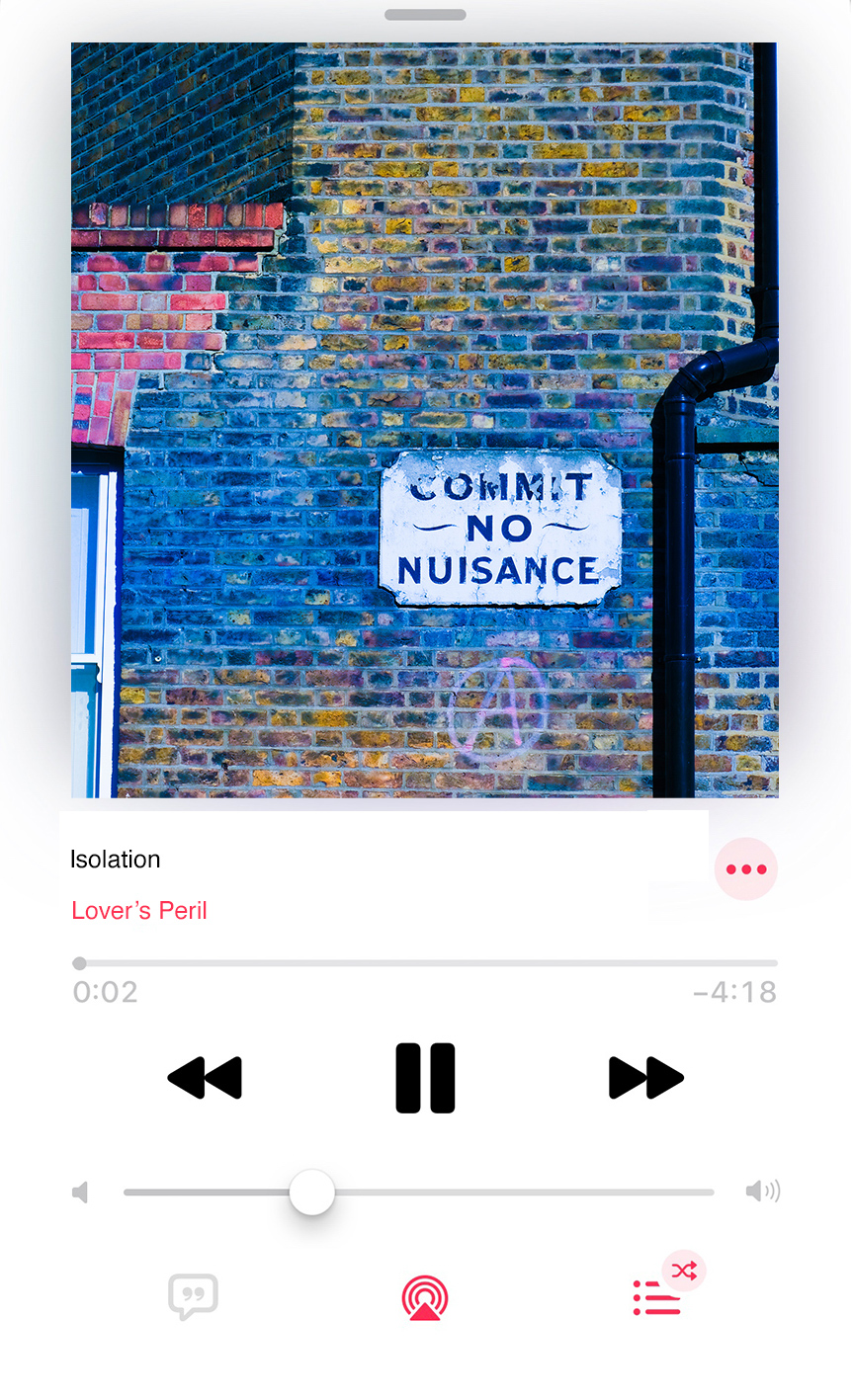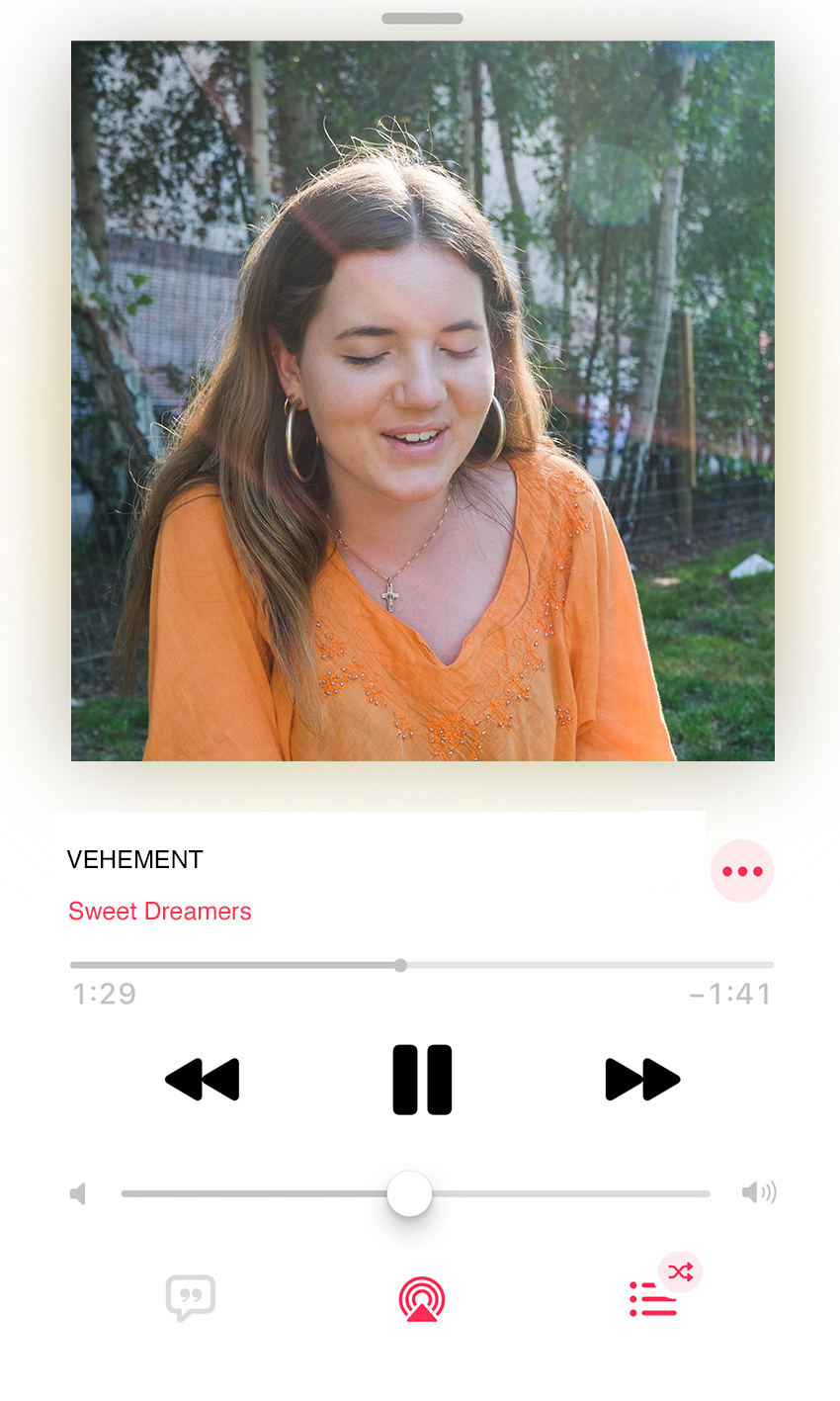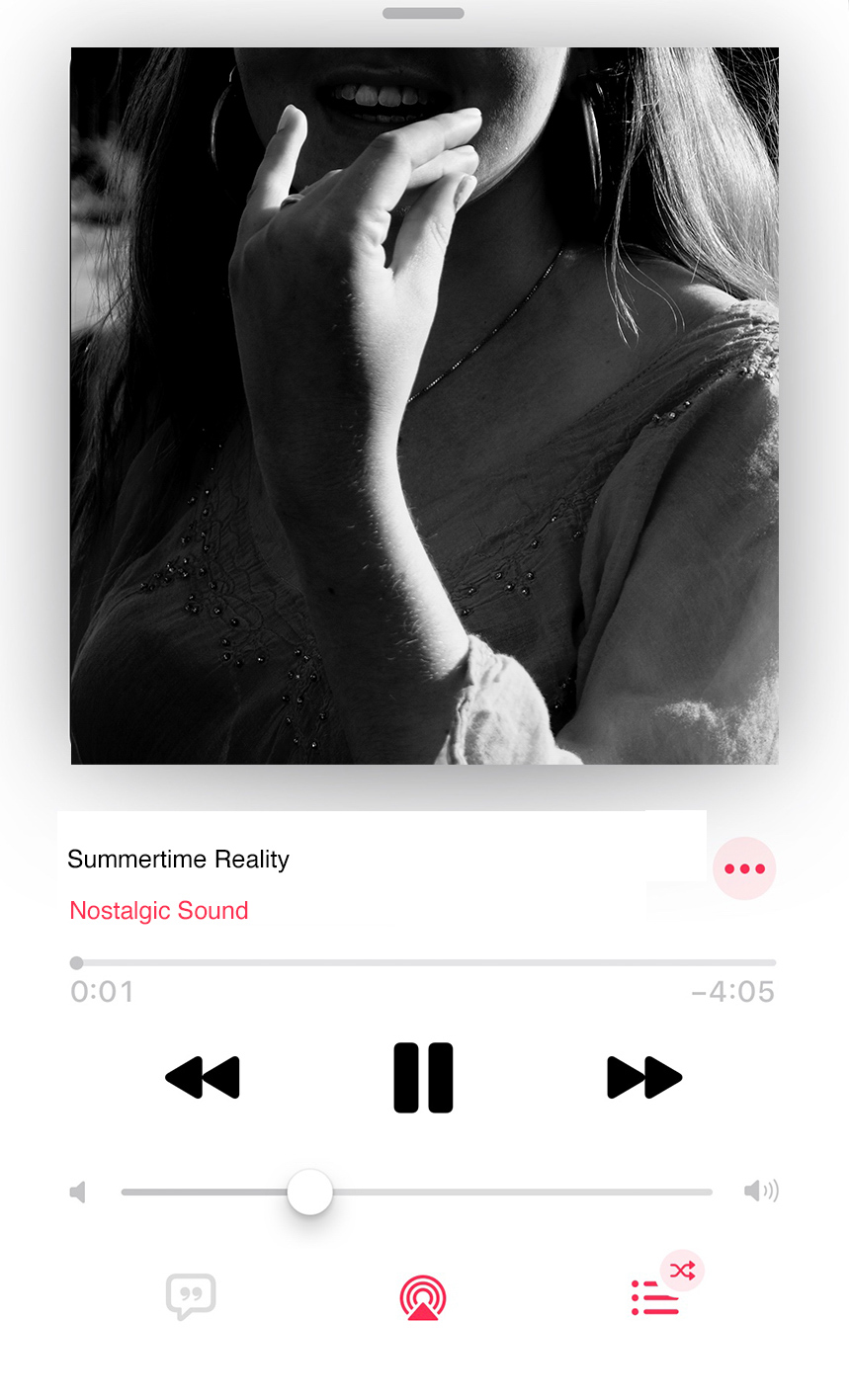Part of Khruangbin’s marketing campaign for Mordechai features an update to their online playlist curator, AirKhruang. The 2015 website allowed listeners to create playlists for their upcoming flights by inputting their departure point and final destination, as well as other parameters, such as whether they prefer window over aisle seats, or tea over coffee. The resulting playlist lasts the duration of the flight and features music from countries over which the plane will travel. Khruangbin’s new update, AirKhruang: Shelter in Space, creates playlists based on the listeners desired activity and duration. An extensive list of activities ranges from exercise to meditation, and the created playlists includes music from around the world.
Mordechai continues Khruangbin’s tradition of incorporating global influences into their music. Whereas Khruangbin’s two previous albums are based on Thai and Middle Eastern music, Mordechai takes listeners on a journey from Latin America to West Africa. Mordechai may lack the stylistic cohesion of Khruangbin’s 2015 and 2018 works, but it nevertheless contains moments of inspired, and at times even original, music.
2020 has marked a change in direction for the Houston based trio. Leading on from Texas Sun, a collaboration with Leon Bridges released earlier this year, Mordechai includes a large number of vocal tracks, a change from their largely instrumental existing repertoire. Although the use of vocals disrupts the much-loved simplicity of the guitar, bass and drums line-up, the songs with vocals are some of the most memorable on the album.
‘Pelota’ is the album’s main highlight. Here, the Spanish rumba influence is obvious, while Khruangbin continue their tradition of accompanying heart-warming music videos. The groove is catchy but not tedious, over which the guitar lines are executed with excitement and precision. The percussion, with the added cowbells, handclaps and toms, provide a rich palate of sounds without overcrowding the mix. ‘Time (You and I)’, a track made for the dancefloor, is equally strong and adds a disco song to the band’s catalogue. Bassist Laura Lee’s lyrics are simple yet charming: “That’s life / If we had more time / We could live forever / Just you and I / We could be together.” The end of the song includes shouts of “that’s life” in an array of languages over the funk groove, a fitting tribute to the global influences that have had so much impact on the band.
The use of vocals on the album is distinctive and refreshing, but their use is often textural, as demonstrated in ‘First Class’. When the function of the vocals is purely melodic, their success ranges from good, in ‘If There is No Question’, to just okay, in ‘Dearest Alfred’. The vocal additions may detract from one of Khruangbin’s main selling points: Mark Speer’s highly melodic and creative guitar lines, which act in a ‘vocal’ manner.
Of the instrumental tracks on the album, ‘Shida’ is by far the strongest, embodying all the expected characteristics of a Khruangbin song: elegant guitar melodies, metronomic drums and inventive bass lines. The variation in chord progressions is refreshing, and the use of the voice, although sparse, is effective. As for the other instrumental tracks, ‘Father Bird, Mother Bird’ feels a little repetitive, but introduces a harp flourish, which provides some continuity between otherwise stylistically dissonant songs. The lyrics of ‘So We Won’t Forget’ are foreshadowed on the dub track ‘One to Remember’. Although reprises can often be interpreted as lazy or “album fodder” – see Arcade Fire’s Everything Now – Khruangbin get away with it on this track. The song is stylistically far removed from ‘So We Won’t Forget’ and the lyrics are set back in the mix with enough reverb to give the vocals a distant, dreamy quality.
‘Connaissais de Face’, a poetic conversation between Mark and Laura, builds on the use of spoken word in Con Todo El Mundo (2018). As the pair remember old friends, their words are wonderfully quirky. ‘Dearest Alfred’, however, may be the weakest song on the album. The vocal melody is unimaginative and repetitive, and the background littering of instrumental effects fails to produce the same level of interest as the opening track ‘First Class’.
Khruangbin owed their previous successes to their global influences, simplicity, and versatility. Their evocative music is an ideal soundtrack for everyday life, perfect for many of the activities listed on AirKhruang: Shelter in Space. Although AirKhruang may appear as a gimmicky marketing tool, it does provide insight into Khruangbin’s enormous appetite for global music. It also hints at the vast number of largely undiscovered musical gems that can easily be found through todays powerful streaming sites.
Mordechai is not a cheap pastiche, but a fresh take on an array of global styles. The inclusion of vocals on Mordechai has altered Khruangbin’s sound, but the result is a refreshing and varied album, adding a new depth to the trio’s repertoire.
Image: APEVicPark270518-29 by Raph_PH (image cropped for use)












